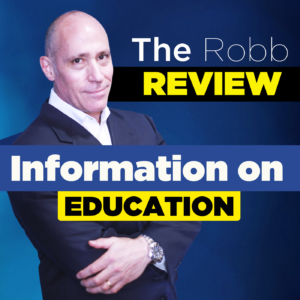A Guide to Guided Reading 2.0 (Revised)
(An open invitation of vulnerability for my phonics colleagues)
©Google Images
By Cameron Carter
It’s 9:00 a.m., and I’ve just sat down with my first guided reading group of the day. The children know the expectations, as they have been modeled for months. As I get my anecdotal notes ready from the previous day’s discussion, the children get started rereading the text in their brains. I immediately begin quickly doing an informal running record on a few students to see how they are coming along with the text.
A child comes across a challenging word in the text:
Teacher (T): (provides a few seconds of wait time for the child to try and solve)
Student (S): (student first looks at the photo/illustration, then immediately checks the letters to look for parts and/or chunks in the word that he/she may know, and finally looks at me… NOTE: this whole process happens very quickly)
(T): Check the letters and look for parts you know from FunDations (our systemic phonics curriculum) (teacher puts child’s finger on chunks of the word… NOTE: this will look different depending on what word the child is trying to solve)
(S): “Well, I noticed a digraph (ch) and that says /ch/, and I see it at the end of the word, too!” (T): “You noticed the digraphs, now move to the middle of the word. Check the letters.”
(S): “I see a “ur” and in FunDations we learned r-controlled vowels, so it says /r/, so putting it all together, /ch/ – /r/- /ch/, church.
(T): “Reread to confirm it makes sense in the sentence.”
Colleagues, this is a real example of teacher-student interaction from a guided reading group.
As one can clearly see, the reader is using a combination of systems to word solve. In Marie Clay’s (2001) research of the literacy processing theory, she stated, “In a complex model of interacting competencies in reading and writing the reader can potentially draw from all his or her current understanding, and all his or her language competencies, and visual information, and phonological information, and knowledge of printing conventions, in ways which extend both the searching and linking processes as well as the item knowledge repertoires” (p.224).
The student in the example above is using multiple sources of information, along with his/her phonological background, to word solve.
It is not an either/or process.
Readers need to be equipped with a toolbox of strategies and skills to use when faced with dissonance. Readers can not solely rely on phonics to help them solve every word.
When we continue our guided reading group the following day to implement word work, I bring in the word “church” again and use multi-sensory activities, as suggested by the Orton Gillingham approach, to imprint the word in the child’s brain. To quote Orton Gillingham (2016), A multi-sensory approach makes reading easier for all children, not only those with dyslexia.”
I highly concur that all children can benefit from using a multi-sensory approach when teaching reading. Using these approaches help the learner construct meaning in many ways. It helps to solidify cognitive synapses in the brain, especially for those readers who may have an issue with executive functioning, such as processing or decoding and encoding.
In conclusion, here are the crucial takeaways to pass along to your colleagues, especially to my explicit phonics friends:
I use systematic phonics instruction every day (FunDations, a version of the Wilson Reading Program, adapted from Orton Gillingham) both isolated and blended/infused in my guided reading groups.
I use multi-sensory approaches for all content areas.
I use running records in my guided reading groups and analyze Marie Clay’s sources of information (meaning, syntax, and visual) to help guide my instruction.
Whatever approach you use, the goal is to build readers. We want readers to be fluent, accurate, and we want them to read with prosody (expression) and meaning.
A recent post on my Twitter (@CRCarter313) states,
“A few goals of reading:
- Comprehension (within, beyond, and about text- Fountas and Pinnell)
- Text-to-text connections
- Text-to-self
- Text-to-world
- Exposure to a wide variety of genres, including culturally relevant texts
- The most simple: Love reading!”
In conclusion, always ask yourself:
What does the child, the reader that sits before need at this moment in time?
The child needs you to implement instruction that best fits his/her needs.
Cameron Carter is a first-grade teacher at Evening Street Elementary in Worthington, OH. He is the Elementary Lead Ambassador for the National Council of Teachers of English and the Elementary Liaison for the Ohio Council of Teachers of English Language Arts. Cameron has a Masters in Reading and Literacy from The Ohio State University. To continue learning with Cameron, follow him on Twitter @CRCarter313
References
Clay, M. M. (2001). Change over time in children’s literacy development. Portsmouth, NH: Heinemann
Google Images. (2018).
Institute of Multi-Sensory Education (IMSE). 2016. https://www.orton-gillingham.com/about-us/.
![]()











